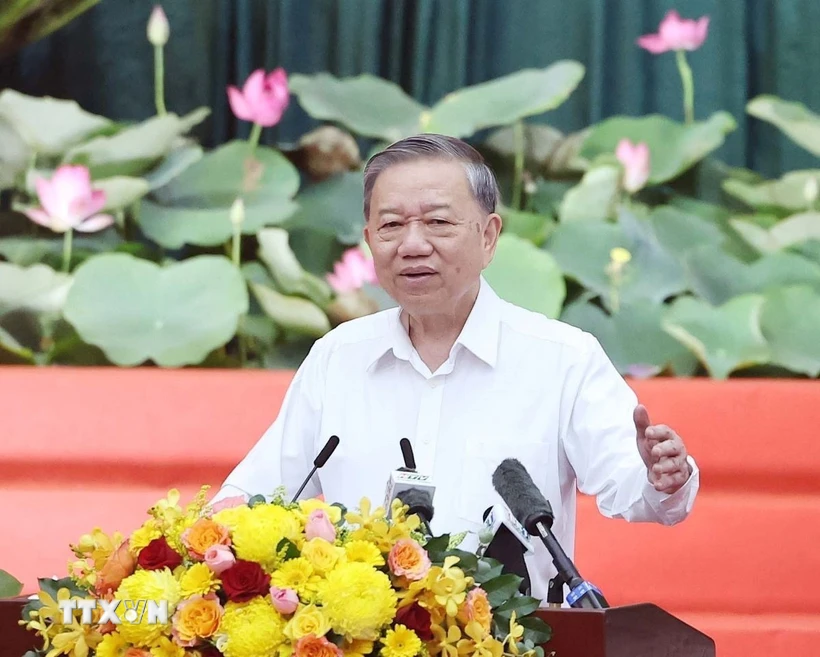
On the morning of June 18, in Ho Chi Minh City, General Secretary To Lam and the Central Working Delegation worked with the Standing Committee of the Ho Chi Minh City Party Committee, the Standing Committee of the Ba Ria-Vung Tau Provincial Party Committee, and the Standing Committee of the Binh Duong Provincial Party Committee on the results of implementing recent resolutions and conclusions of the Central Committee; the arrangement of the apparatus; national defense and security work; implementation of economic growth tasks; and social security.
Attending the meeting were Politburo members: Prime Minister Pham Minh Chinh; Party Central Committee Secretary, Head of the Party Central Committee's Organization Commission Le Minh Hung; Party Central Committee Secretary, Head of the Party Central Committee's Internal Affairs Commission Phan Dinh Trac; Party Central Committee Secretary, Head of the Party Central Committee's Inspection Commission Nguyen Duy Ngoc; Party Central Committee Secretary, Chairman of the Vietnam Fatherland Front Central Committee Do Van Chien; Minister of National Defense General Phan Van Giang; Minister of Public Security General Luong Tam Quang; Director of the Ho Chi Minh National Academy of Politics, Chairman of the Central Council of Theory Nguyen Xuan Thang; Secretary of the Ho Chi Minh City Party Committee Nguyen Van Nen; Party Central Committee Secretaries: Chief of the Party Central Committee's Office Le Hoai Trung; Head of the Party Central Committee's Policy and Strategy Commission Tran Luu Quang; Party Central Committee members: Vice Chairwoman of the National Assembly Nguyen Thi Thanh, leaders of a number of central ministries, departments and branches, Ho Chi Minh City, Ba Ria-Vung Tau province, and Binh Duong province.
Convergence into a financial-industrial-seaport megacity
At the working session, a summary report on the implementation of key tasks in three localities (Ho Chi Minh City, Ba Ria-Vung Tau province, Binh Duong province) showed that all three localities are converging the leading digital institutional-governance platforms in the country.
In 2024, Ho Chi Minh City will rank 2nd in the Digital Transformation Index, Binh Duong 7th; Ba Ria-Vung Tau will rank 2nd in administrative reform and 5th in PCI. Binh Duong is also in the Top 3 localities with the best implementation of free trade agreements and 5th in the country in the Green Index.
The three localities have focused on investing in comprehensive human development, improving the quality of life, and building a progressive, equitable, and sustainable society. Education, training, healthcare, culture, and sports have received great attention. Policies on social security, healthcare, and human development have been effectively implemented, linked to the goal of improving the happiness index and ensuring security.
Localities have seriously implemented the Central Committee's resolutions, resolutely prevented and combated degradation, strictly handled violations, and had no forbidden areas. Leadership methods have been innovated, inspection, mass mobilization, ethnic and religious work has been carried out synchronously, contributing to strengthening the great national unity bloc. The arrangement of the apparatus and preparation for Party congresses at all levels have been proactively and methodically implemented.
After listening to the report and opinions exchanged at the working session, in his concluding remarks, General Secretary To Lam commended and highly appreciated the important results that the Party Committee, government and people of Ho Chi Minh City, Ba Ria-Vung Tau and Binh Duong have achieved in the past time.
The General Secretary noted that, in terms of the overall and long-term perspective, the development process of each locality still has bottlenecks that make growth unsustainable, investment efficiency is not commensurate with potential, and international competitiveness is still limited.
The General Secretary pointed out that, for Ho Chi Minh City before the merger, although it was the largest economic locomotive in the country, its development space was limited, infrastructure was overloaded, population pressure was high, environmental pollution and flooding were increasingly serious, and traffic congestion was constant; there needed to be a specific plan to eliminate makeshift, dilapidated houses along canals and rivers right in the heart of the city and to propose solutions in the Resolution of the 12th Party Congress of the new City.
For Binh Duong, urban development has not kept pace with industrialization, and the quality of life is uneven among regions. Ba Ria-Vung Tau still faces difficulties in regional connectivity and value chain development, logistics connections are still fragmented, and a modern logistics ecosystem is lacking. Tourism is still heavily seasonal, not linked to smart cities, healthcare, luxury resorts, or creative services.

The General Secretary emphasized that the merger of Ho Chi Minh City with Ba Ria-Vung Tau and Binh Duong marked an unprecedented turning point in the history of urban development in Vietnam. This is a comprehensive reconfiguration of the development space, where the three most dynamic economic poles of the country converge into a super-city-finance-industry-seaport.
The new vision for Ho Chi Minh City (new) is to become the “international megacity” of Southeast Asia – a smart, green, creative city, typical not only of economic strength but also of richness in culture, arts, sports, entertainment and modern, dynamic lifestyle.
The new Ho Chi Minh City will be a regional center of finance, trade, logistics, high-tech industry and sea tourism; with a development orientation based on digital technology, green economy, environmental sustainability, harmonious, connected, open and civilized society, crystallizing advanced values of Asia and the world; striving to be an attractive place, converging talents, "creatives", domestic and international entrepreneurs, a favorable place for startups, innovation, nurturing new trends and advanced models. The (new) Ho Chi Minh City is not only the national economic locomotive but must be a modern urban area with influence in the network of global cities.
The General Secretary requested that Ho Chi Minh City should proactively set specific goals for itself: by 2035-2045: which income group will it belong to? Which innovation group will it belong to in Asia and globally?
General Secretary To Lam suggested urgently perfecting a new governance model: stronger than the provincial level, more flexible than the regional level, capable of operating a three-polar megacity in the era of global integration and competition. The (new) Ho Chi Minh City must represent a creative-transparent-effective digital government, both handling governance well and leading development, innovation, and maintaining social trust in the development process. The (new) Ho Chi Minh City needs to establish a smart, modern, and comprehensive governance system, strongly applying digital transformation in all areas of state management, socio-economic management, infrastructure management, public services, and improving the capacity to serve people and businesses in the entire region.
Ho Chi Minh City (new) must promote economic restructuring, innovate the growth model, develop a knowledge-based, creative economy with high added value and global competitiveness.
The General Secretary emphasized that developing a regional international financial center in Thu Thiem attracts global capital flows, contributing to positioning Vietnam on the international financial map; developing a smart urban chain connecting Ho Chi Minh City-Di An-Thuan An-Thu Dau Mot-Ben Cat-Phu My-Ba Ria-Vung Tau; developing an innovation corridor stretching from the Eastern Creative Urban Area of Ho Chi Minh City (Thu Duc) to industrial-service-seaport poles such as Di An, Ben Cat, Phu My, Ba Ria, Vung Tau; developing a smart port-logistics cluster in Cai Mep-Thi Vai-Can Gio following the model of a digital super port and an integrated logistics system - operated by big data; developing a high-end eco-tourism-resort center in Vung Tau-Can Gio, positioning it as a green, smart international destination, combining conservation with development...
Shaping a new strategy for Vietnam's most modern metropolis
The General Secretary requested to urgently re-architect the regional development space according to the multi-polar-integrated-hyper-connected thinking, far beyond the old limits of the traditional urban model. We must resolutely abandon the fragmented thinking of "inner city - suburbs", "city - neighboring province". Now, Ho Chi Minh City is a regional urban ecosystem with a multi-center structure, operating according to the logic of economy - function - value chain. Each development pole, from Thu Thiem, Thu Duc to Di An, Ben Cat, Phu My, Ba Ria, Vung Tau, must be planned as an organic link, complementing each other's functions, intelligently connected, flexibly coordinated and sharing benefits in a harmonious whole.

The General Secretary proposed promoting the development of a strong science and technology ecosystem, innovation and private economy not through slogans but through concrete actions. Reality shows that there is no modern economy that lacks innovative enterprises, applied science and technology workforce, and a generation of dynamic, integrated entrepreneurs with a mindset of serving society, a global vision and the aspiration to build a strong nation.
Ho Chi Minh City, with its young population, dynamic business class, many universities, research institutes and high integration capacity, must be the place to most strongly materialize the reform requirements set forth by the Central Government.
The city needs to firmly pursue the goal of comprehensive human development, closely combining economic growth with progress, social equity and quality of life. Not only an economic center, the city must become a livable place, where every citizen is guaranteed development opportunities, fully cared for in terms of health, education, living environment and safety. The new city needs to invest heavily in healthcare, education, public health care and physical and intellectual development for the younger generation. Take care of comprehensive social security, ensuring that no one is left behind in the development process; prioritize narrowing the development gap between localities, especially newly merged areas and disadvantaged areas.
A consistent requirement is to inherit and selectively integrate good policies of each merged locality. Along with human development, it is necessary to firmly ensure security, social safety, and strengthen national defense and security, and defense zones. All development policies need to be imbued with the viewpoint that prosperity is not only economic growth, but also the ability to create a safer, fairer, and happier society for all people.
The General Secretary noted that the preparation process for Party Congresses at all levels should be transformed into a general mobilization of intelligence, spirit and development aspirations to shape a new strategy for a pioneering, creative and most modern metropolis in Vietnam. The upcoming 12th Congress of the Ho Chi Minh City Party Committee is not only a time to summarize a term but also needs to become a turning point in creating the future, where the entire Party Committee and the City's political system look to 2035 and 2045 with a new vision, new thinking and a strong commitment to action. This is the time to listen widely, debate openly and select the best from practice to build long-term orientations.
In the summary and assessment, we do not avoid shortcomings, but need to deeply dissect bottlenecks in institutions, planning, governance, digital transformation, staff quality and organizational effectiveness.
The General Secretary hopes that the Party Committee of Ho Chi Minh City (new) will be the center of solidarity, inspiring service and dedication to creation, capable of leading a city that is not only a leader in the country but also a breakthrough on the global urban map. That will be the unique mark of Ho Chi Minh City - a city of innovation, action and aspiration to reach far, worthy of bearing the name of the great President Ho Chi Minh./.
Source: https://ttbc-hcm.gov.vn/tp-ho-chi-minh-huong-toi-tam-voc-moi-la-sieu-do-thi-quoc-te-cua-dong-nam-a-1018953.html








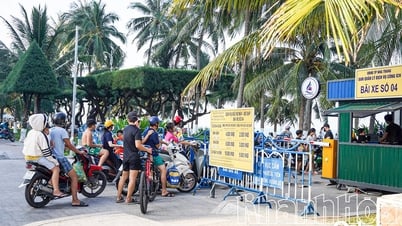

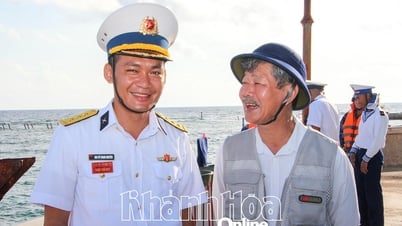
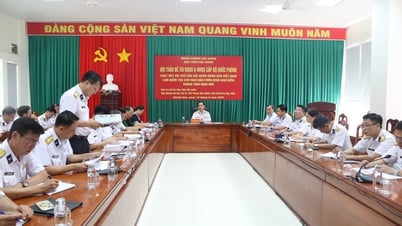
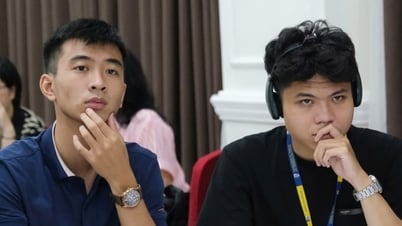

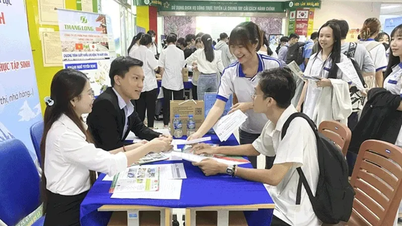

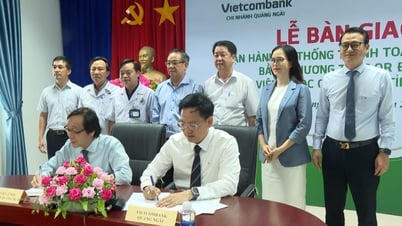





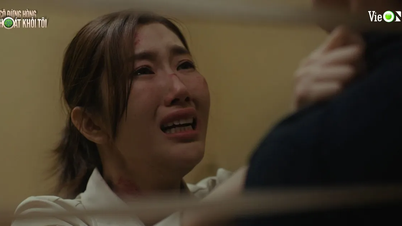
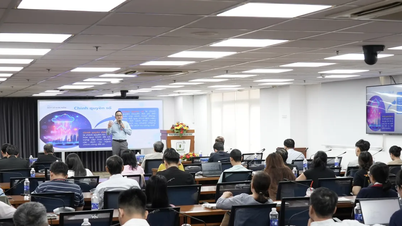
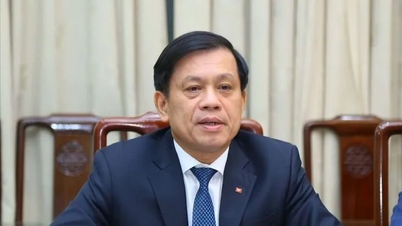

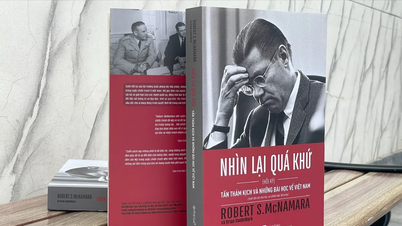
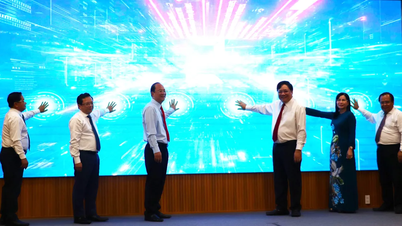























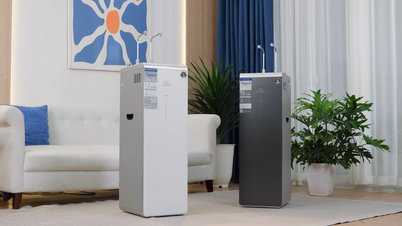
























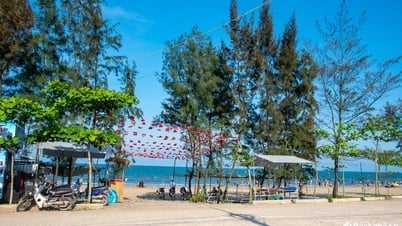



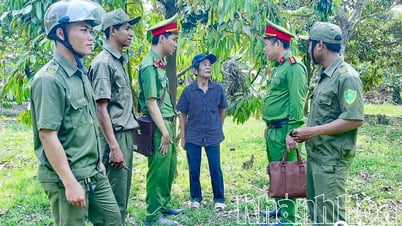












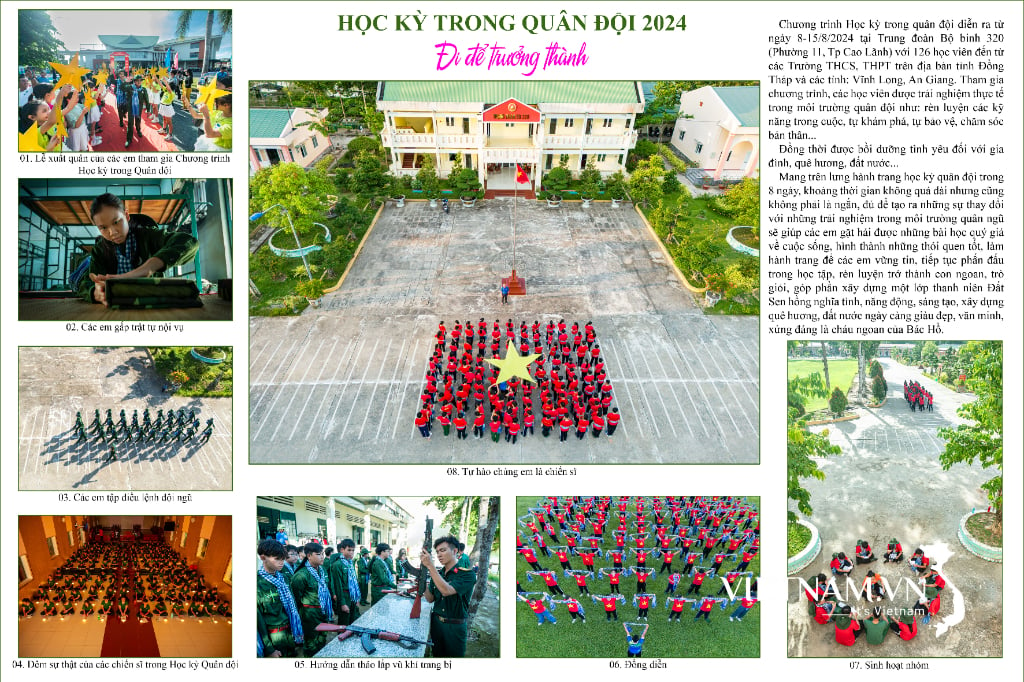



Comment (0)